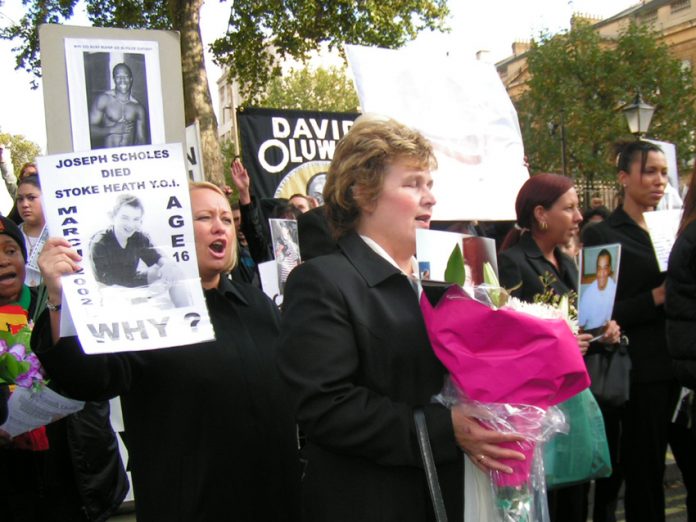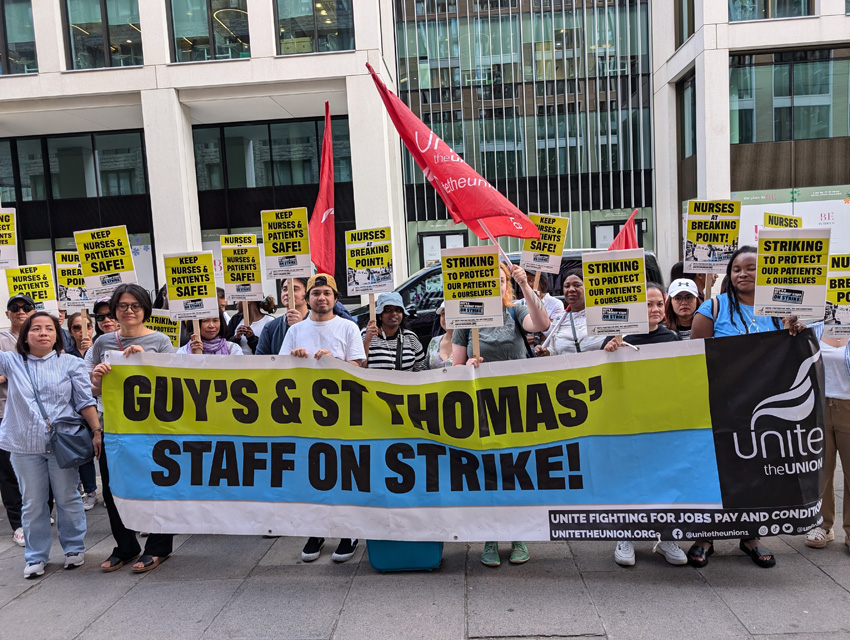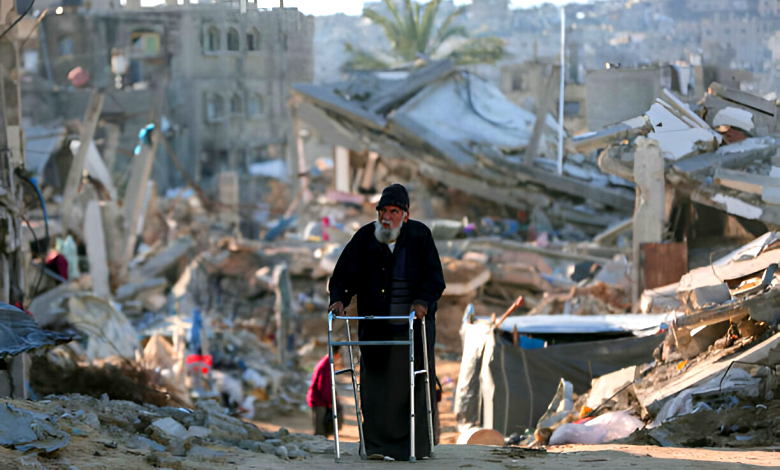
THE announcement by the Coalition Government back in May 2010 that it would be ending the detention of children for immigration purposes was widely welcomed.
Finally the wealth of accumulated evidence on the gap between policy and practice in decisions to detain, and on the negative impacts of detention on children’s mental and physical well-being was being taken into account. Or so it seemed.
The introduction of ‘a radical new process’ by the Home Office for removing families with children who have no right to remain in the UK raises significant concerns about whether the Government has delivered on its commitment to end the detention of children.
This process acknowledges the need for improvements in the quality of decision but focuses on increasing the effectiveness of removal policy through a strategy of ‘assisted’, ‘required’ and ‘ensured’ returns. Those unwilling to return voluntarily or failing to comply with removal will be taken to a new ‘pre-departure accommodation’ facility in West Sussex whilst arrangements are made for their return.
The majority of families will be held for a maximum of 72 hours but in ‘exceptional circumstances’ they might be held for up to one week.
This facility is not the only place where children are to be detained. The family unit at Tinsley House Immigration Removal Centre near Gatwick Airport is currently undergoing a £1 million refurbishment in order to accommodate 38 beds and up to eight families.
The immigration minister, Damian Green, in a written answer to a parliamentary question on March 8th 2011 confirmed that there ‘may also be the occasional need to use Tinsley for criminal or other high-risk families who could not be accommodated safely in the pre-departure accommodation but this would be rare’. It is not clear how ‘criminal’ or ‘high-risk’ families are to be defined, or indeed why significant public funds are being spent on the refurbishment of facilities that will only ‘rarely’ be used.
The continuing detention of children by another name suggests that the Government does not consider that it is possible to end the detention of children altogether. Detention, it seems, is viewed as a ‘necessary evil’ for delivering a robust immigration control policy in the face of resistance on the part of families to co-operate with the removal process.
One of the main justifications for detention is that unsuccessful asylum seekers, including those with children, would otherwise ‘disappear’ – or abscond in legal terms – and deliberately lose contact with the authorities.
This is simply not supported by the evidence.
The Home Office has no figures on the proportion of people released from detention who then go on to abscond or fail to comply with reporting conditions. Independent research carried out by South Bank University found that even amongst groups of asylum seekers classified as ‘high risk’ absconders – having been detained and later released on bail – rates of compliance with the terms of bail were higher than 91%, suggesting that detention may be unnecessary to ensure that people remain in contact with the immigration authorities.
Indeed a report entitled Asylum Matters published by the Conservative Party’s own Centre for Social Justice in 2008 has concluded that ‘the vast majority of asylum seekers currently detained do not pose a threat to security and . . . there is little risk of them absconding’.
This view is shared by UNHCR which points out that families with children are among those who are least likely to disappear because they are frequently embedded into health and educational services.
In others words, the ‘common-sense’ argument that the detention of children is a ‘necessary evil’ because otherwise families will abscond is a straw man, a fallacious argument constructed precisely to defend the detention of children which is indefensible on its own terms.
Meanwhile the evidence on the alternatives to detention which are potentially available to the Government has been largely ignored. There is a substantial body of research from Canada, Australia, US, UK and other countries in Europe which shows very clearly that the reasons why children are detained often has more to do with failings in the asylum process than with the unwillingness of families to co-operate.
Many families are unwilling to return because they do not feel that it is safe for them to do so and are not confident that their case has been properly and fully considered. This problem is created, in significant part, by a lack of access to legal advice and representation and evidence of mistakes in decision making.
None of the factors that are known to lead to unnecessary and inappropriate detention of children are addressed in any significant or substantial way in the new process. The Government claims that its new approach to family returns is based on close engagement with families, but has not set up the kind of independent case worker systems that are known to reduce the need to detain and significantly increase voluntary return rates in Canada, US and Australia.
In Australia, for example, the Hotham Mission’s Asylum Seeker Project (ASP) in Melbourne worked with more than 200 refused asylum seekers – nearly a third of whom had been released from detention – to secure their return. Reviewing its work, the ASP report that ‘the early intervention casework response contributed to the fact that over 85 per cent of all refused asylum seekers voluntarily left the country on a final decision… No asylum seeker absconded’.
This has been noted by the Centre for Social Justice which recommends that a similar approach be introduced in the UK.
Nearly a year after announcing that it would end the detention of children, the Government has still not fully grasped the fact that it is possible to return families without resorting to secure facilities of any kind if there are significant improvements in the quality of decision making and families feel confident that it is safe for them to return. And it is relying on checks and safeguards to reduce the scale of detention which previously have failed to be effective.
All of which raises the question of why the Government has chosen to ignore the evidence. It’s hard to tell exactly what’s going on but conversations with senior policy makers in the Home Office lead me to conclude that the evidence from research is simply not believed.
Instead ‘management information’ which is used to record what happens in the current system is used to justify the continuing detention of children. The problem with this information is that it is premised on fundamental misunderstandings about the experiences and motivations of asylum seekers and fails to capture the problems in the asylum process that have been well-documented elsewhere.
In the absence of significant improvements to the decision making process and the provision of independent case support teams to work with families, it seems entirely likely that the new ‘pre-departure accommodation’ will be filled very quickly with families who are considered ‘uncooperative’. And whilst the facility will house only nine families at time it will be used primarily for short periods of time. This means that the Government has effectively created spaces for up to 4,445 children to be detained every year. Not quite the end to detention anyone had in mind.
Heaven Crawley is a researcher, writer, university professor and director of the Centre for Migration Policy Research (CMPR).


